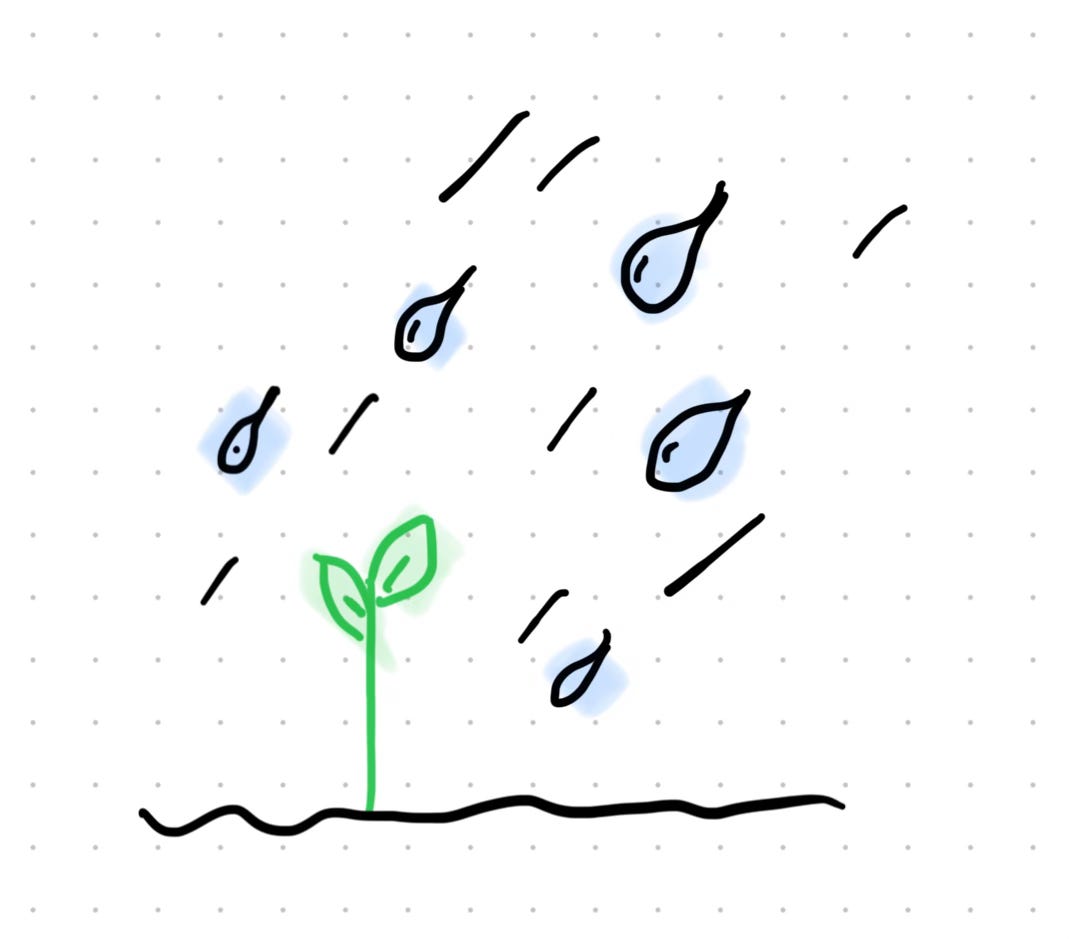Something I’m writing…
The Bones of Design
What the human body teaches us about organizing and creativity.
Every now and then, a project just clicks. The team hums. Decisions come easily. Progress flies. It feels like magic. But it doesn’t have to be.
Recently, I watched one of those rare moments. A fast-moving project that didn’t burn out the team or descend into chaos. And no, it wasn’t because everyone was a rockstar (though they were) or because we ran a flawless design process (we didn’t). It came down to something far more grounded: structure.
This wasn’t about limiting creativity or design activities. It was about enabling them. Structure gave our designers speed and confidence. It gave our team shared clarity so we could run in harmony. It came from Object Oriented thinking for UX.
I wrote about the "bones" of UX, the structure, that make your creative/design "muscles" useful. How a little bit of intentional organization and mapping can turn mess into momentum.
Something I’m thinking about…
Rain. We have lots of it lately here in the Midwest. I mean…LOTS of it. It ruins the plans you thought you wanted. Bike rides. S’mores by the fire pit. Hikes in the woods. Exploring spots around town. But we adapt. We play games. Watch movies. We find quality time together. The kind of things that we might forget about. And it hit me…rain interrupts, but it also waters. It’s a choice. You can complain about it. Or you can make the best of it. And let the rain water you.
Something I’m reading…
A Pattern Language
By Christopher Alexander
This is one of those deep, detailed books. It’s a catalog of architectural patterns, from entire towns down to room and window placement. But it’s more than architecture. It’s a philosophy. It’s a way of working. And it’s one that relates deeply to digital design.
So far, here are a few ideas that stand out so far:
Most design languages today are fragmented and inhuman. They don’t reflect how people live, feel, or relate to one another. So much of the digital world forgets the human on the other side of the screen…opting instead to prioritize business and profit to the harm of the user.
Start big, then get small. Every pattern begins at the highest level—region, city, building—then moves down to the smallest decisions. You don’t build a good window without knowing what wall it lives in. It’s the same in digital experience design.
The four-story limit. There’s a strong link between time spent in high-rise buildings and mental health decline. The higher we go, the more isolated we become. Design affects psychology. So too, in digital experience design, we can see how overuse of phones increases anxiety and can decrease mental health…it isolates us from the real world.
This isn’t a book about digital experience design. But then again…maybe it is?
Something I’m enjoying…
My latest “weekend” project: window planter boxes.
There’s something deep within me that loves working with physical materials, especially lumber. The smell of fresh-cut cedar, the measuring and re-measuring, the satisfaction of joints fitting just right… It’s all very gratifying. I love making real, useful things in the physical world. Especially when so much of my daily work lives in the digital ether. Planning, prototyping, building. Prototyping. Building. It scratches a very different itch. I’ve enjoyed this simple project of building window planter boxes. I can’t wait to see them overflowing with blooming color.
• • • • •
Yes, I use affiliate links for the products and books I share. Why? Well, it helps support this extra work that I do in my personal time on my personal budget. Thanks for your support.







